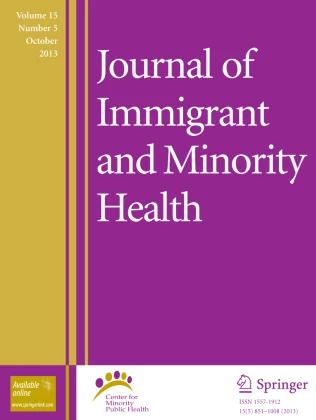China's Economic Deterrence Playbook
This paper examines China's evolving strategy of economic deterrence, arguing that while it lacks a formal doctrine, it has developed a coherent and effective system that discourages economic coercion from third parties. The authors identify five core elements underpinning China's strategy: enhancing resilience in critical sectors, fostering strategic interdependencies, maintaining a ready-to-deploy economic retaliation toolbox, building credibility through consistent coercive actions, and preparing the domestic population to absorb economic shocks. These elements are not part of an official economic deterrence strategy, but they are embedded in broader national security and economic policies and are operationalised through mechanisms such as the dual circulation strategy, long-term resource contracts, industrial subsidies, and retaliatory legal instruments like the Export Control Law. The paper distinguishes between deterrence by denial, entanglement, and punishment, noting China's shift toward deterrence by dependence — leveraging asymmetric interdependencies to discourage adversarial actions. It also highlights the importance of credibility and communication in sustaining deterrence, supported by China's track record of economic retaliation. Finally, the paper assesses the applicability of lessons from China's approach to Europe, emphasising the EU and UK's current limitations in strategic coherence, collaboration, and credibility. It calls for a more structured and collective European approach to economic deterrence, leveraging regulatory power, innovation, and strategic interdependence to safeguard sovereignty in an increasingly weaponised global economy.
智库成果
